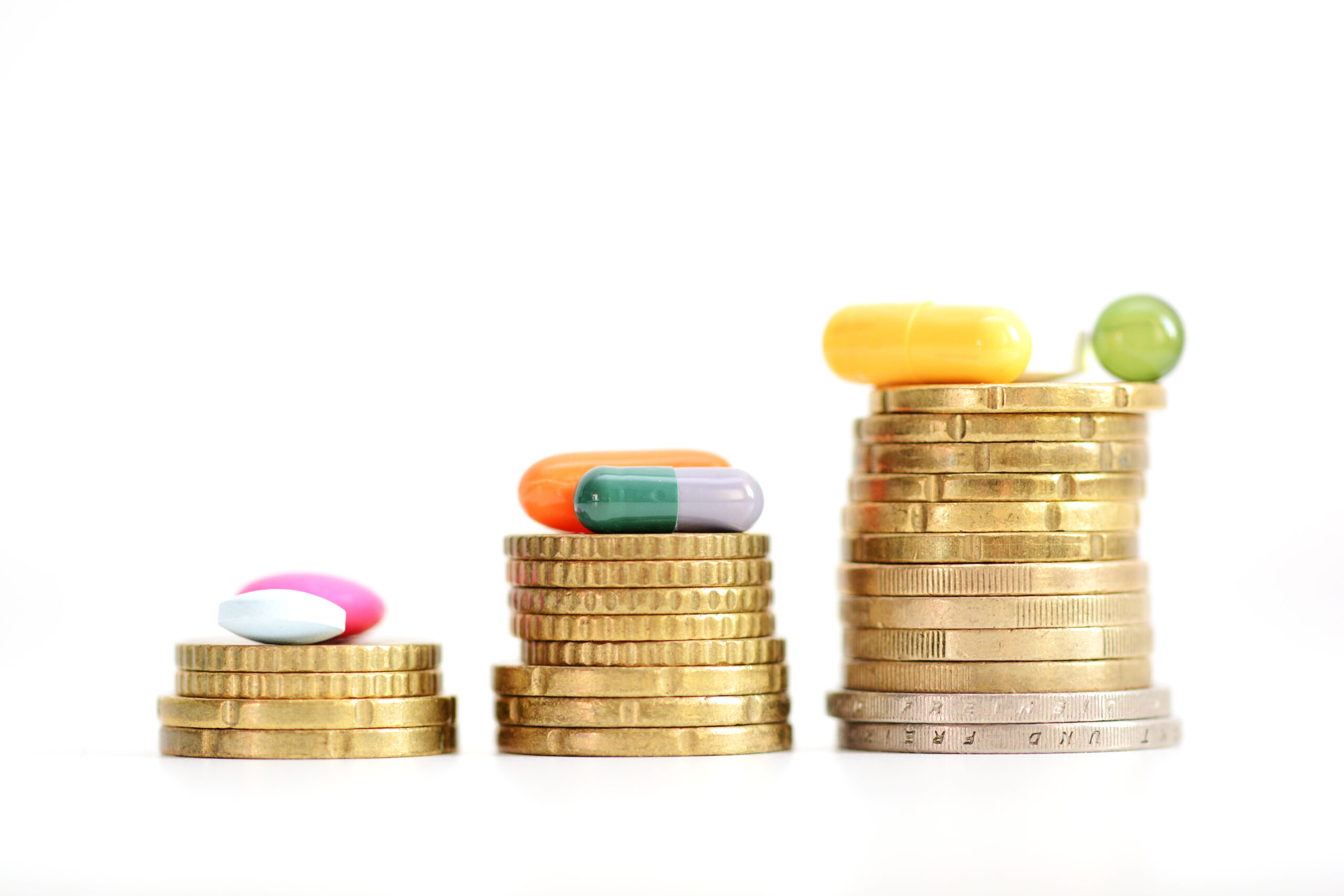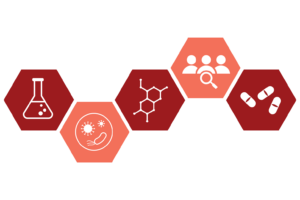Editor’s note: This article originally appeared in STAT on December 15, 2017
The prescription drug world is in turmoil. Pharmacy giant CVS is buying Aetna, an insurance company, and Amazon appears to be entering the pharmacy market. Meanwhile, Alex Azar, President Trump’s nominee for secretary of Health and Human Services, indicated in his confirmation hearing that drug pricing will be his top priority, although he offered few details.
Before assessing the implications of the moves by the companies, or contemplating any federal interventions in the market, we need an accurate picture of how drug profits flow. Congress seems to have grasped this concept. A House Energy and Commerce subcommittee hearing Wednesday was just the latest of several examinations of the drug supply chain.
Only by following the money will a clear understanding emerge of the economic forces roiling the industry and driving price increases. While drug spending moderated last year, the average wholesale or “list” price set by manufacturers on branded drugs rose 12.4 percent in 2015 and increased 10 percent or more annually for each of the prior three years.
Drug makers point out, correctly, that they give discounts and rebates to middlemen, so their net prices have risen more slowly, only 2.8 percent in 2015. But consumers aren’t seeing much relief. Privately negotiated deals among manufacturers, insurers, pharmacy benefit managers (PBMs), pharmacies, and wholesalers result in an opaque drug distribution chain that can mask where profits accrue.
Using financial information from the Securities and Exchange Commission and other regulatory agencies, we and other colleagues have explored how the money flows. For every $100 spent on branded prescription drugs, roughly $76 goes to manufacturers while $24 ends up in the supply chain with insurers, wholesalers, pharmacies, and pharmacy benefit managers. With generic drugs, the story is different. Manufacturers capture only $36, while companies in the supply chain keep $64. One can see why Amazon is so interested.
Overall, more than $1 out of every $5 spent on prescription drugs goes toward profits in the manufacturing and distribution systems. Are any of the companies in the chain racking up excess profits, and will mergers make matters better or worse? To answer those questions, the Department of Health and Human Services, the Department of Justice, and the Federal Trade Commission need to consider three essential questions.
Are Sectors in the Chain too Concentrated?
The top three pharmacy benefit managers, which negotiate drug prices on behalf of insurers and self-insured employers, dominate 85 percent of their market. The top three wholesalers and retailers account for 66 percent and 49 percent of their markets, respectively. That kind of market power makes higher consumer prices much more likely. Pharmacies, for example, can charge widely varying prices for the same product, and the uninsured often pay more than customers with insurance.
On the flip side, concentration can decrease prices within the chain itself. PBMs argue that their large size enables them to make better deals. But how much of that market power results in lower prices for clients versus higher profits for the PBMs?
What Constitutes a ‘Fair Return’?
The net profits of companies that make brand-name drugs are much higher than those of other players in the distribution system. But those companies are putting billions of dollars on the line in what is clearly a risky pipeline. Government-granted patents are designed to compensate them for this risk. The other players in the distribution system do not bear similar risks or earn similar returns.
Still, manufacturers sometimes engage in questionable tactics. For example, when a generic drug threatens a branded drug, its maker might sue the generic manufacturer to delay market entry. The Trump administration needs to examine these practices to ensure a clear path to generics and biosimilars, which are more complicated to manufacture.
Do Some Insurance Designs Unnecessarily Hurt Consumers?
Insurance companies can put pressure on prices when they increase cost sharing for consumers or copayments for highly priced drugs. But high out-of-pocket costs hit consumers who need expensive drugs and penalize those who do not respond to less-expensive therapies. This results in the sickest patients taking the largest financial hits, and also helps explain why drugs get so much attention from consumers.
Similarly, high-deductible health plans can hurt consumers by making them pay the full list price for a drug until their deductibles are met. For many generic drugs, consumer copays frequently exceed the cost of the drug.
President Trump has said the drug industry “gets away with murder.” To prove that, he needs better forensics. Only with greater financial transparency throughout the drug distribution chain can we assess if and where it is producing inefficiencies and hurting consumers. Then we can formulate remedial action, or at least enroll in Amazon Prime.
Neeraj Sood is vice dean for research and professor at the Sol Price School of Public Policy at the University of Southern California. Dana Goldman is director of the USC Schaeffer Center for Health Policy & Economics. He is a co-founder of Precision Health Economics, a life sciences consultancy, and owns equity in its parent company. Karen Van Nuys is a senior economist at the Schaeffer Center. Each of the authors has consulted for the pharmaceutical industry.




